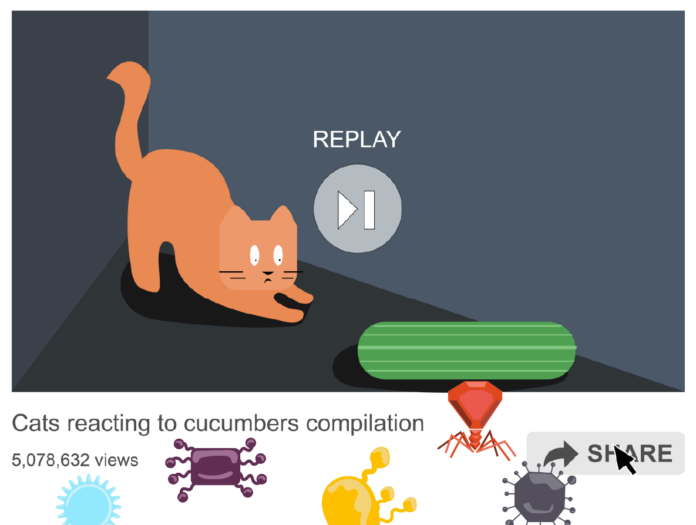Viral videos are all the rage, thanks to today’s interconnected, instantaneous internet society. From cats falling off high surfaces to children singing their ABC’s wrong, the entertainment of your everyday life can now be broadcast to an international audience, sometimes with as many as several million viewers. However, when videos are shared with so many people, often with no context or background, it can be difficult to process the implications of the content.
Sometimes its very straightforward, just a funny, silly or weird video with no purpose but to entertain. Other videos tackle more serious issues like a recent protest video in which several white teenage boys from a Catholic high school smiled and presumably egged on indigenous people protesting in the capitol. The video — which was followed by several other videos filmed from different angles and with varying lengths — showed a young man standing toe to toe with a tribal elder, wearing a Make America Great Again hat and smiling as his schoolmates cheered and jeered behind him. The video was originally inflammatory, with many taking offense to the high schoolers demeanor and believing the boys meant ill will against the indigenous protesters. After increasing levels of backlash and contradicting statements from both the boys in the video as well as the tribal elder, the video’s original meaning (or the intent of the participants in the video) has become convoluted.
Now, some people who likely just watched the video (or the USA Today, CNN, Fox News or Vice videos about the original) have been outraged or encouraged by the content and shared without even thinking twice. That’s what’s so beautiful about social media — you can instantly share your personal beliefs, opinions and things you find interesting with your followers. However, with that comes a dangerous loss of discernment as to what you’re actually seeing.
Again, some videos are straightforward and easy to understand, but others, such as the video mentioned above, are politically charged and complex, with many different possibilities in how it can be interpreted. Therefore, it’s important to be critical of everything you watch, and especially what you see and want to share.
Even those seemingly harmless videos of cats reacting to cucumbers have a deeper context. Scientific American explains that “presenting anything behind a relaxed, unsuspecting cat can produce a startle response.” Meaning those cucumbers videos might be funny for us, but they cause cats major anxiety.
Think about the consequences of your share — will someone be offended by the video? Will the video harm anyone involved or featured in it? Will the video cause damage to professional or personal reputations? Is there any indication that the video may be telling only one side of a story? All of these are questions you should be asking before you share, especially when it comes to videos that are politically or socially charged issues. Along the same lines, if there is a video coming from an unknown or potentially unreliable source, be sure to check the facts before sharing — many biased media sites will narrate or alter the video so their personal biases are validated. If you don’t know you’re getting the video from a direct or unbiased source, search on YouTube, so you can get the full video the way it was originally created.
In a digital age, many people believe their social media is just one in a billion gigabytes of data, meaningless and inconsequential. However, when you’re sharing videos on social media without acknowledging the full context or possible consequences of the video, you’re giving the 200 friends you have false, potentially harmful information. Think before you post and be an informed viewer.






